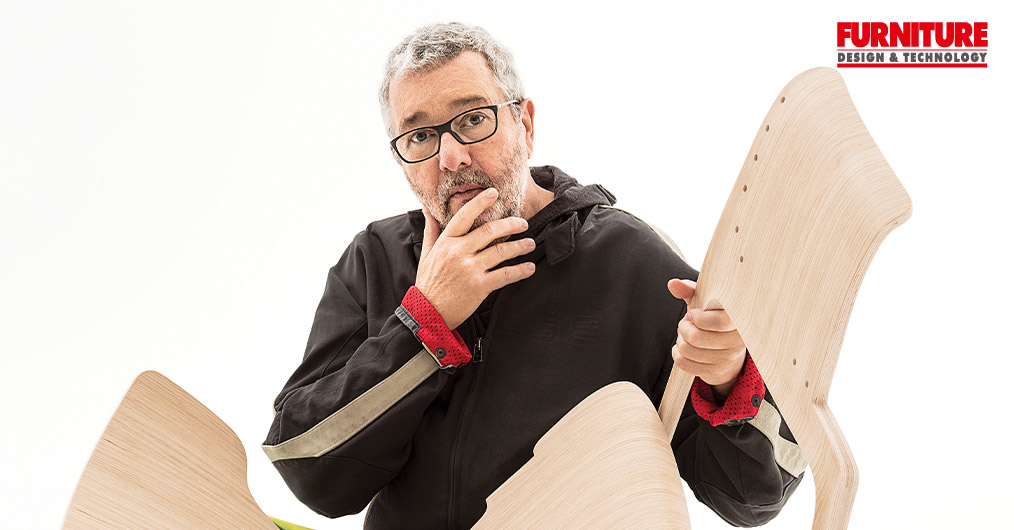
From household objects to furniture, boats, and vehicles, French designer Philippe Starck has been revolutionizing the world of design for over half a century with his innovative and principled approach. Join Furniture Design & Technology (FDT) as we take a captivating journey through time, exploring the pivotal moments that have shaped Starck’s remarkable career.
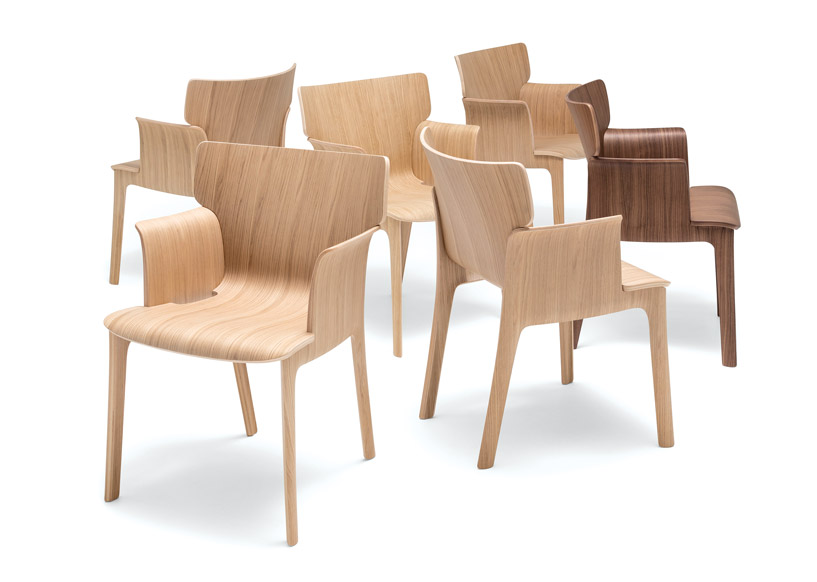 Andreu World Adela Rex Armchair designed by Starck comes with a walnut seat, back and frame
Andreu World Adela Rex Armchair designed by Starck comes with a walnut seat, back and frameFor over half a century, the world of design has been transformed by the renowned French designer, Philippe Starck. His father, an aeronautical engineer, instilled in him the concept of invention as a “duty.” This belief led him to embark on a journey in the 1970s, where he began with designs for inflatable structures and neon signs. His innovative approach to nightlife was showcased in his groundbreaking nightclub, La Main Bleue. Starck’s career has been marked by his diverse designs, which include interior design, architecture, household objects, furniture, boats, and other vehicles. His work, celebrated for its organic, fluid lines, has improved people’s lives by adding humor and surprise to everyday acts. Over time, his approach to design has evolved to promote honesty and integrity, emphasizing that products should ideally have longevity and durability, rather than being “throw away artifacts.”
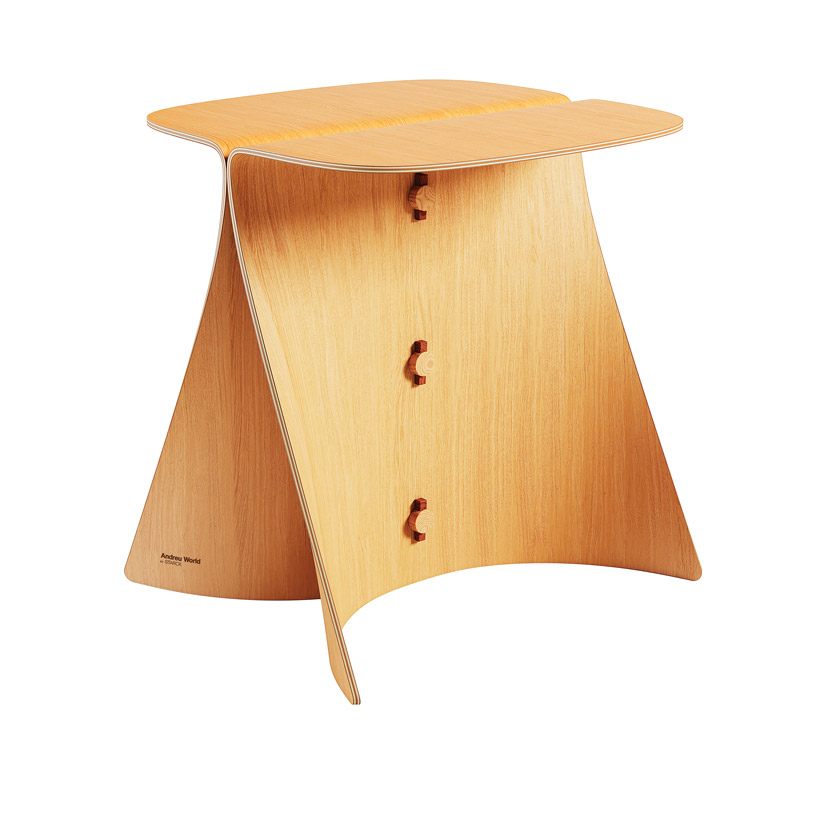 Andreu World Alla Ocassional can serve as a decorative object, occasional table or even a stool
Andreu World Alla Ocassional can serve as a decorative object, occasional table or even a stoolIn the 1980s, Starck gained international recognition by introducing groundbreaking, mass-produced designs for renowned manufacturers such as Driade, Alessi, and Kartell. He established enduring collaborations with brands, with his partnership with Duravit beginning in 1990 being particularly noteworthy. Starck was a pioneer in forging partnerships between design visionaries and mass production capabilities. His innovative approach led to the transformation of everyday objects, creating globally renowned designs like the Juicy Salif Citrus Squeezer for Alessi, Louis Ghost chairs for Kartell, and many more avant-garde products that challenged conventions.
.jpg) Cassina Volage EX-S Night Chest of drawers designed by Philippe Starck for the brand Cassina
Cassina Volage EX-S Night Chest of drawers designed by Philippe Starck for the brand CassinaStarck’s open-minded ethos helped elevate industrial design from fabrication to conceptual artistry. His irreverent style and experimental forms brought new dimensions of democratized design, functionality, and storytelling to manufactured products. he demonstrated that through creativity and collaboration with forward-thinking brands, high design could improve lives on a much broader scale.
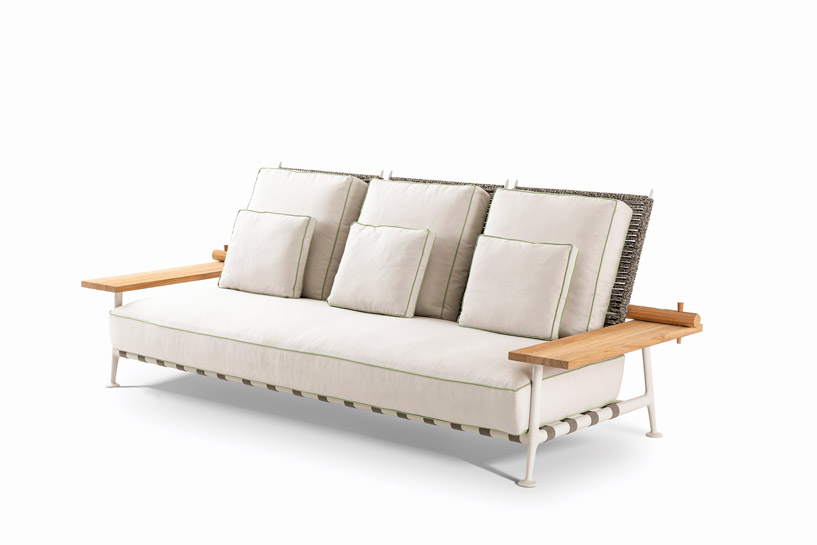 Fenc-E-Nature Sofa designed by Starck for Cassina
Fenc-E-Nature Sofa designed by Starck for CassinaAlthough Starck does not primarily consider himself an architect, he made bold forays into the field starting in the 1980s. In Japan, he designed multiple buildings with unconventional, anthropomorphic forms like Nani Nani in Tokyo (1989) and the Asahi Beer Hall (1990). Projects like the organic Baron Vert offices in Osaka (1992) followed, asserting his role as an avant-garde visionary.
 Dr. Yes stackable armchair, designed for the brand Kartell
Dr. Yes stackable armchair, designed for the brand KartellIn the 1990s, hospitality became another sphere for Starck to challenge exclusivity and express his democratic ethos. With hotelier Ian Schrager, he completely redefined boutique hotels through revolutionary projects like NYC’s Royalton (1988) and Paramount (1999) hotels. The experience continued on an international scale with the Delano in Miami (1995), London’s Sanderson (2000), and others. Starck infused irreverent humor and imagination into hospitality, determined to make thoughtful design accessible. His Mama Shelter hotels starting in Paris (2008) embody affordable chic. Through his groundbreaking architecture and hospitality projects, Starck asserted his bold, anthropomorphic and at times surreal aesthetic while also furthering his mission to democratize high design experiences.
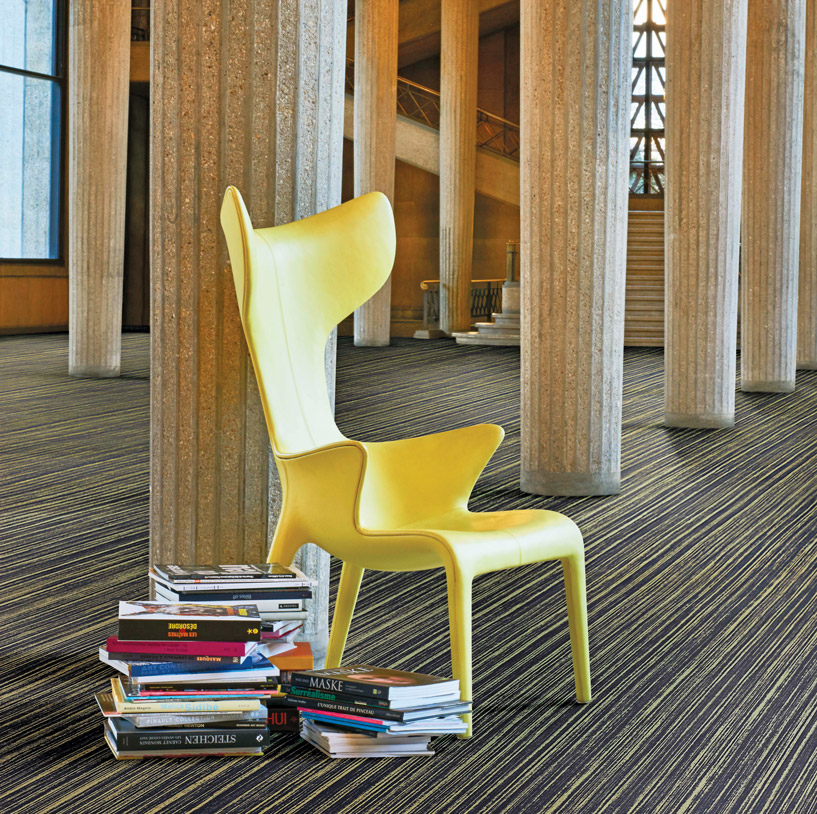 Flotex: A unique unique flooring system designed by Starck
Flotex: A unique unique flooring system designed by Starck
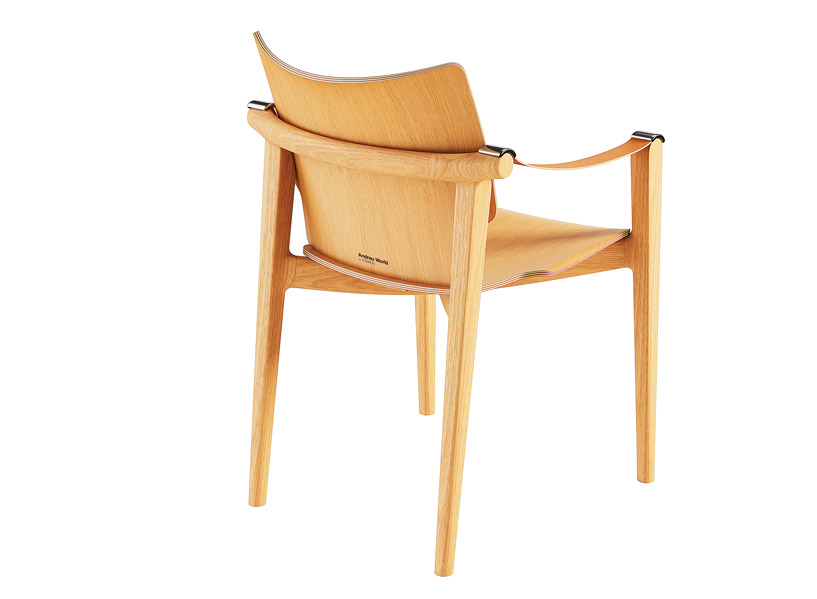 Andreu World Olena SI1290 is a chair with oak seat and backrest and 4-legged base in solid beech wood.
Andreu World Olena SI1290 is a chair with oak seat and backrest and 4-legged base in solid beech wood.Accessibility and ecology have been central motivations across Starck’s wide-ranging output. He’s created recyclable products like the Zartan chair (2013) made of recycled polypropylene. His modular P.A.T.H. (Prefabricated Accessible Technological Homes) dwellings, launched in 2014, offer low-cost, sustainable living. His public furniture designs for JCDecaux consider evolving mobility and urban needs. For the 1992 Albertville Winter Olympics, Starck designed the Olympic torch. And for the 2024 Paris Summer Olympics, he has been selected to design sustainable Olympic medals made from recycled materials. Throughout his career, he has pioneered eco-conscious designs and creative solutions to enable inclusive, ethical living. His early adoption of recyclability, affordability and sustainability underscore his continual emphasis on imagination in service of real human needs. Starck’s early experiences instilled the design ethos that guides his prolific, ever-evolving career.
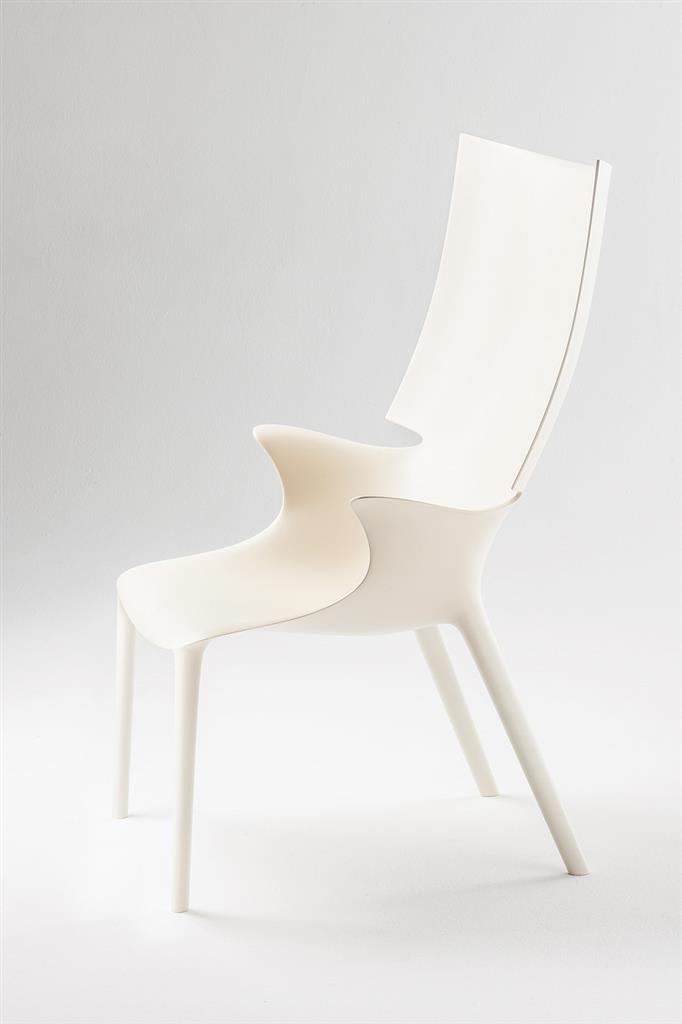 Uncle Jim Armchair designed for the brand Kartell
Uncle Jim Armchair designed for the brand Kartell
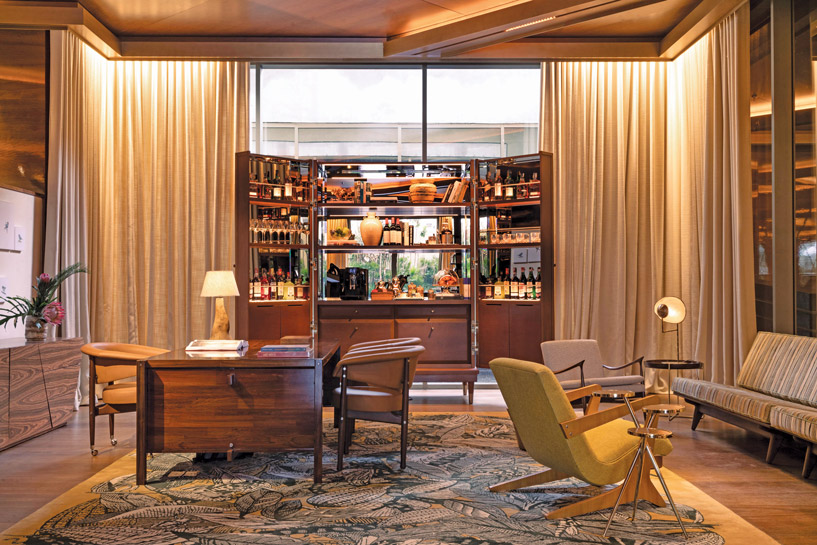 Rosewood São Paulo redesigned by Starck elegant interiors that seamlessly blend contemporary and traditional design detailstraditional design details
Rosewood São Paulo redesigned by Starck elegant interiors that seamlessly blend contemporary and traditional design detailstraditional design detailsAs he describes, “My father was an aeronautical engineer. For me, that made invention a duty.” This philosophy of rigorous problem-solving led Starck to approach all design holistically, with great care and purpose, from products to spaces to visual storytelling. His body of work numbers over 10,000 projects and counting across countless disciplines. While he has achieved institutional recognition and global influence, Starck retains an irreverent, forward-thinking spirit. He continues to surprise and delight with designs that improve lives and bring people joy. He follows his own ethical path rather than trends. This lifelong pursuit of imagination in service of the greater good makes Starck’s work distinctly subversive, visionary and human-centered. From his early experiences to recent projects, he charts his own course, sacrificing neither poetry nor conscience.
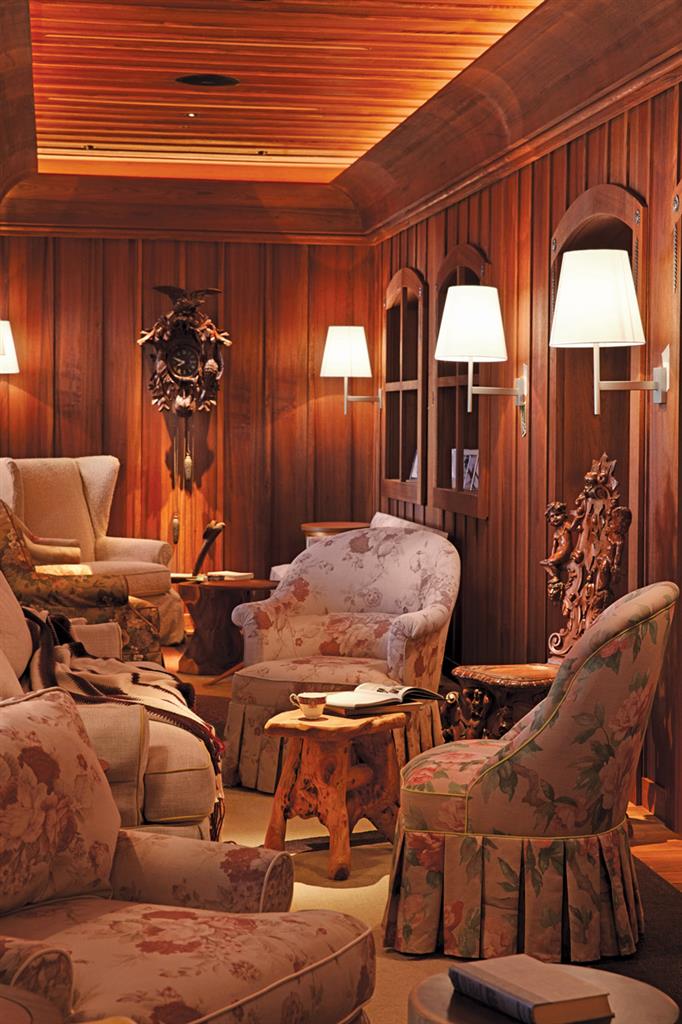 L’Avenue at Saks: Designed by Starck, this restaurant spans two floors with a French art deco-inspired dining room
L’Avenue at Saks: Designed by Starck, this restaurant spans two floors with a French art deco-inspired dining roomFor over 50 years of prolific, pioneering work across all disciplines, Starck has proven himself a conceptual visionary guided by integrity, imagination, and democratized design. His legacy will continue shaping our world for decades to come.
Furniture Design India and the magazine FURNITURE DESIGN & TECHNOLOGY (FDT magazine) are from the trusted 22-year-old media house of SURFACES REPORTER and PLY REPORTER.
FDT is a B2B monthly bilingual magazine from India that shares the pulse of the furniture business in India and connects the manufacturers, OEMS, product designers, architects, showrooms, designers and dealers.
Read More© 2025 Furniture Design and Technologies.. All Rights Reserved. Developed by eyeQ Advertising